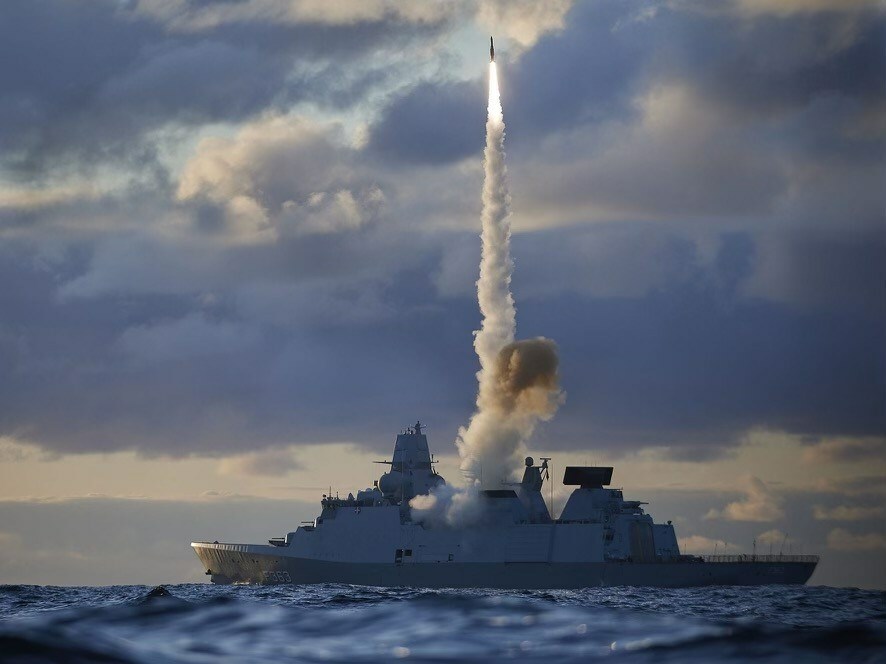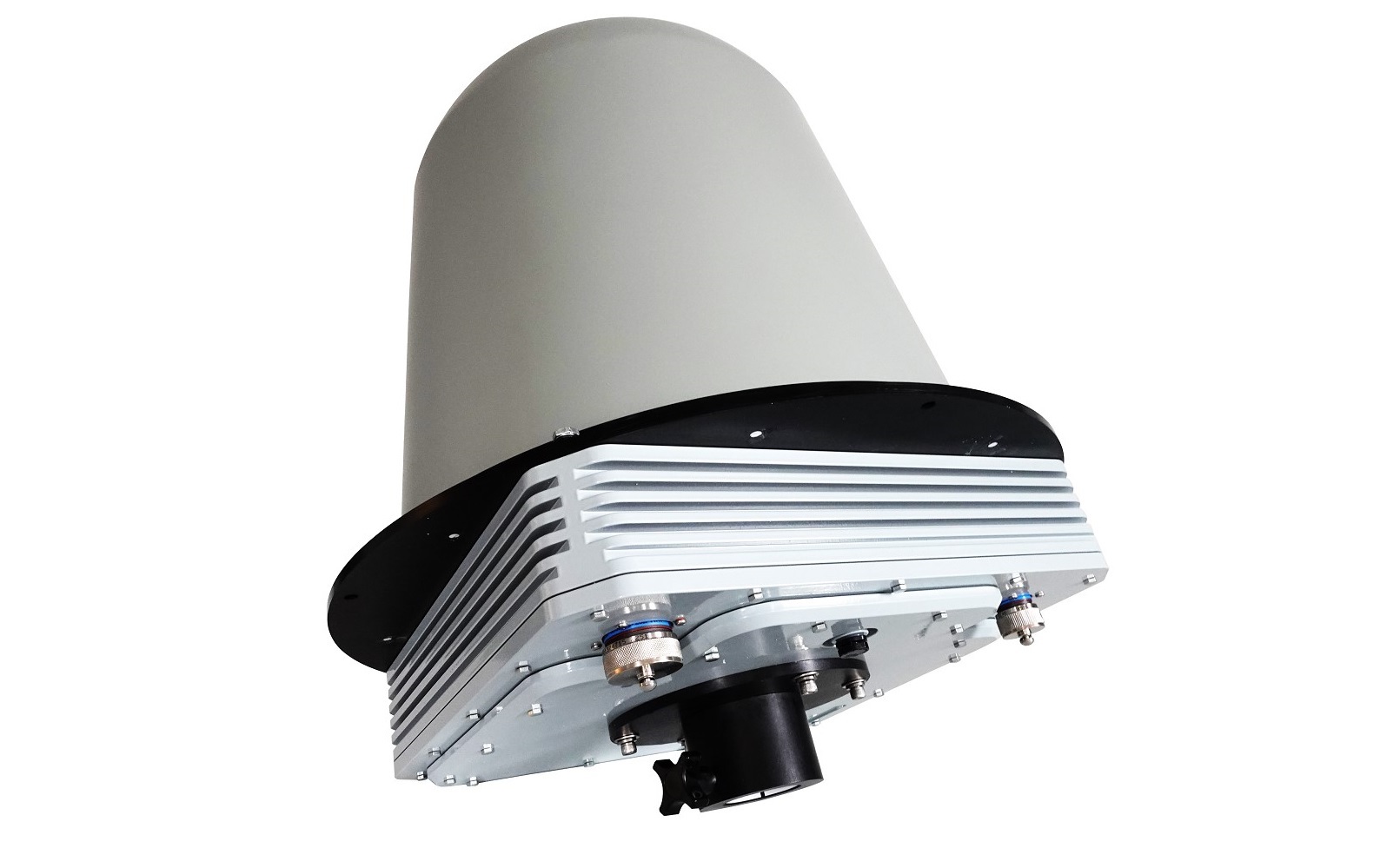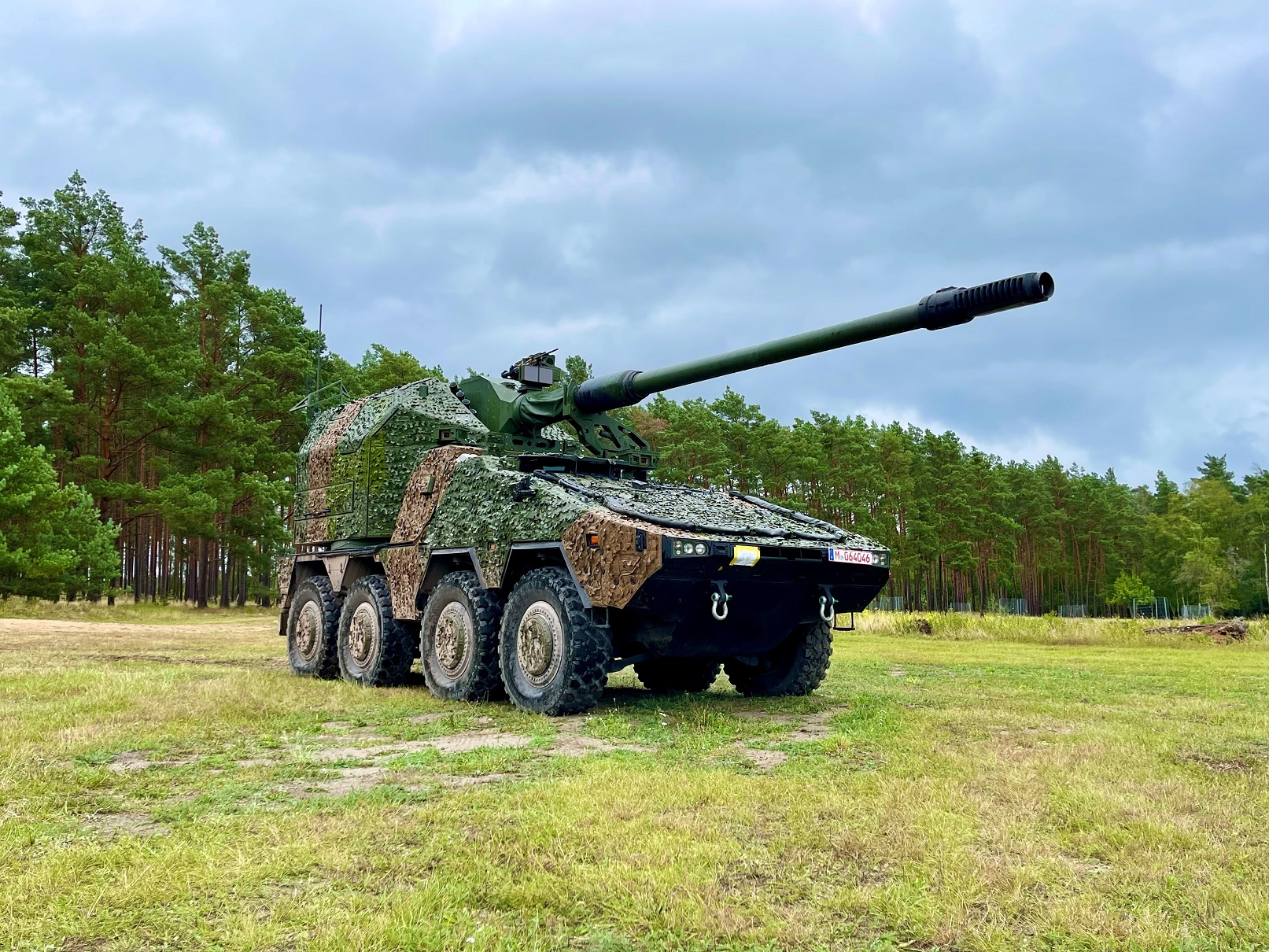BAE Systems’ semi-autonomous software capabilities flight tested

Above: BAE Systems has developed automated on-board software to enhance mission effectiveness.
BAE Systems’ semi-autonomous software helps pilots determine the best course of action to take when coordinating teams of manned and unmanned vehicles in communications denied environments. Its DBM software capabilities build on the company’s autonomous technology innovations, including real-time mission management and multi-intelligence data fusion.
The test included BAE Systems' Anti-Access Real-time Mission Management System (ARMS) and the Contested Network Environment Situational Understanding System (CONSENSUS). ARMS, a distributed adaptive planning and control software, provides near real-time mission capabilities that allow warfighters to engage air-to-air and air-to-ground targets and search airspace. CONSENSUS is a distributed situational understanding software that provides pilots and operators with weapon targeting guidance and mission awareness through a common operational picture by fusing raw data from multiple platforms and sensors.
Today, combat missions are a manual, coordinated effort by operators and pilots using a combination of manned and unmanned vehicles, sensors, and electronic warfare systems that all rely on high-availability networks such as satellite communications and tactical data links. When those networks are interrupted, it leaves warfighters with the inability to effectively communicate and avoid threats during their missions.
To solve this challenge, BAE Systems has developed semi-autonomous software in a category called Distributed Battle Management (DBM), which is the process of providing timely and relevant information to operators and pilots when communication is not assured, so they can better manage and control air-to-air and air-to-ground combat in contested environments. The automated, on-board software enhances mission effectiveness by providing warfighters with shared situational understanding, interchangeable roles, coordinated objectives for teams of manned and unmanned aerial vehicles in communications denied environments, and compressed, prioritized data transfer when communications are available.
“The lack of automated decision aids severely hinders operators and pilots from making critical decisions with limited communications so they can adapt to combat scenarios,” said David Hiltz, director of the Planning and Control Technologies Directorate at BAE Systems. “Our DBM software delivers these automated decision aids that provide mission execution options and the ability to maintain a consistent mission representation and status across all platforms, which allows warfighters to make better, faster combat decisions to ensure mission safety and completion.”
NOTE: This material is based upon work supported by The United States Air Force and Air Force Research Laboratory under Contract FA8750-16-C-0002. Any opinions, findings and conclusions or recommendations expressed here, do not necessarily reflect the view of The United States Air Force and Air Force Research Laboratory.














